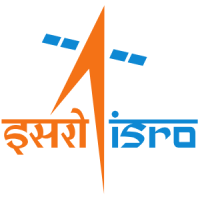/
IRNSS-1G
Launch Success
Liftoff Time (GMT)
07:20:00
Thursday April 28, 2016
Watch Replay
Official Livestream
Mission Details
IRNSS-1G
IRNSS-1G was the seventh and final of the Indian Regional Navigation Satellite System (IRNSS) series of satellites after IRNSS-1A, IRNSS-1B, IRNSS-1C, IRNSS-1D, IRNSS-1E and IRNSS-1F. The NVS, previously IRNSS, constellation is not a global positioning constellation, like GPS, GLONASS, Galileo or Beidou-3, but a regional one, similar to the Chinese Beidou-1 and 2, or the Japanese QZSS, serving only the Indian sub-continent. IRNSS satellites have two payloads: a navigation payload and CDMA ranging payload in addition with a laser retro-reflector. The payload generates navigation signals at L5 and S-band. The design of the payload makes the IRNSS system inter-operable and compatible with Global Positioning System (GPS) and Galileo systems. The satellite is powered by two solar arrays, which generate up to 1,660 watts, and has a life-time of ten years.
Geosynchronous Orbit
1 Payload
1,425 kilograms
Launch Site
Stats
PSLV
35th
Mission
3rd
Mission of 2016
Indian Space Research Organisation
53rd
Mission
3rd
Mission of 2016
2016
27th
Orbital launch attempt

